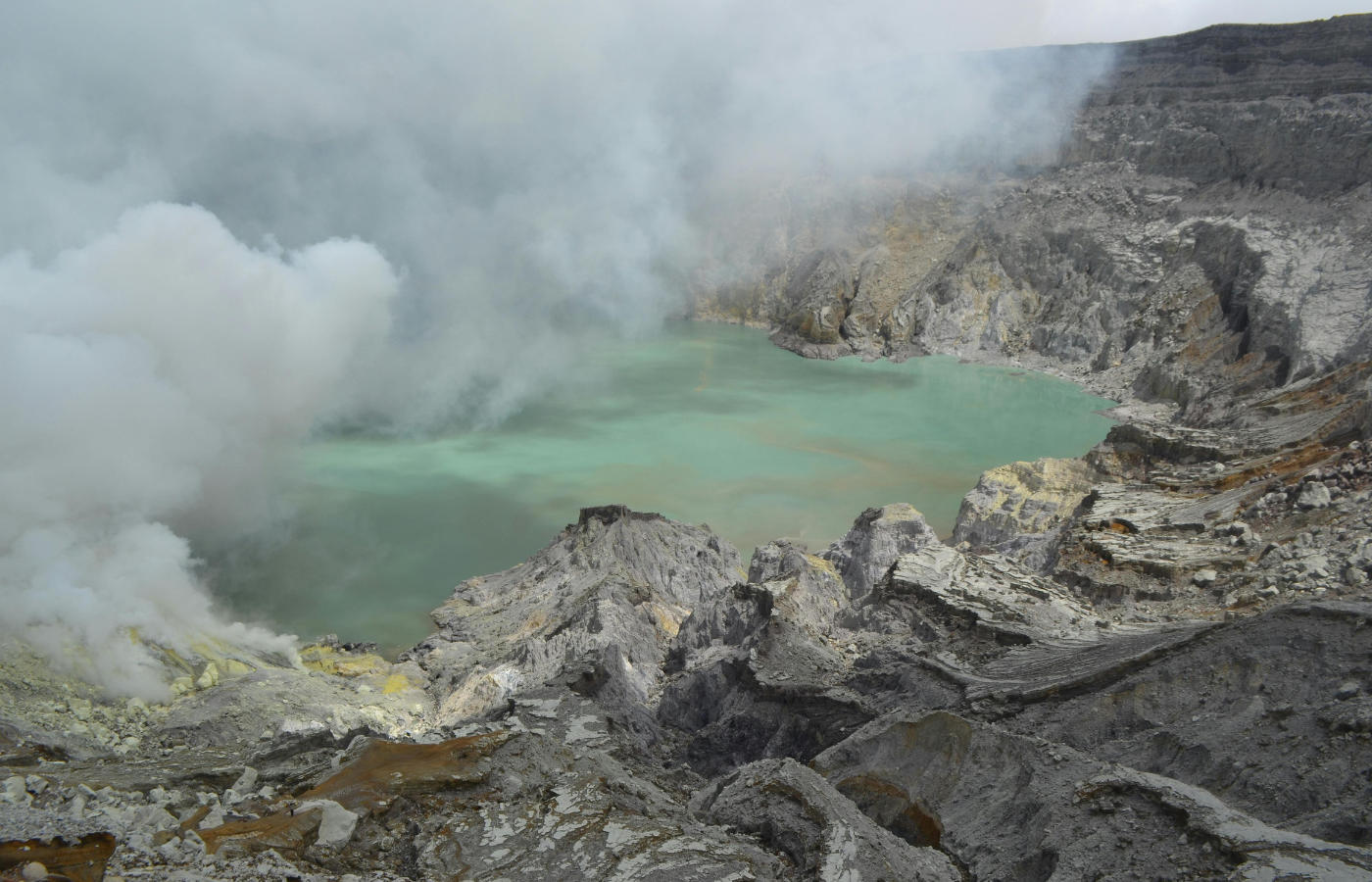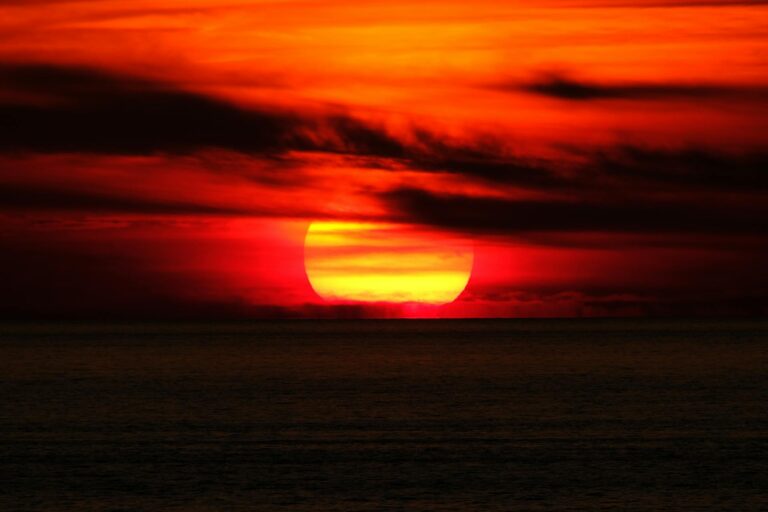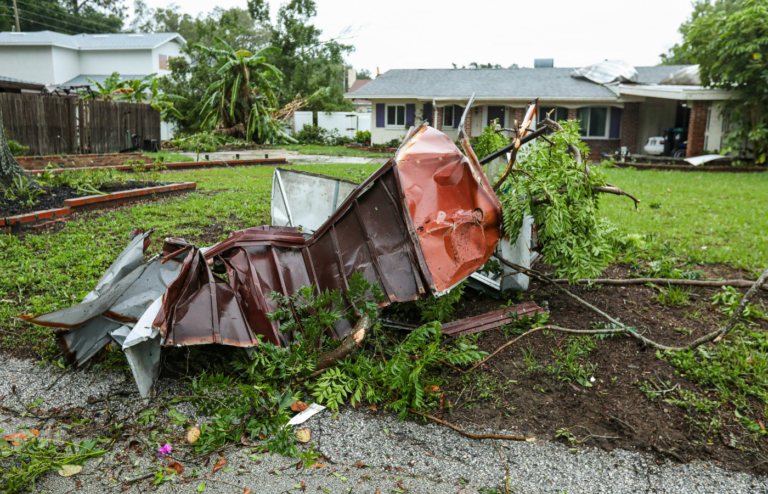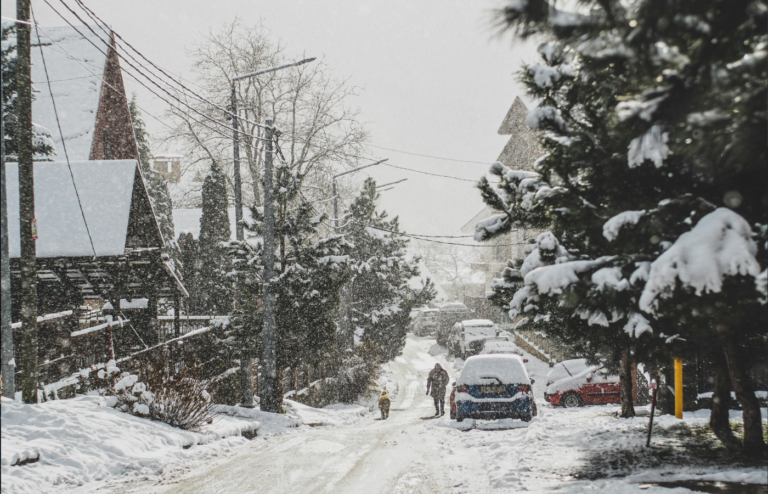The Earth’s most active volcanoes aren’t on land—they’re hidden beneath the sea. These submerged giants shape the ocean floor, build islands, and sometimes erupt with almost no warning. Out of sight doesn’t mean inactive.
Here are 10 underwater volcanoes you probably didn’t know existed—but they’re making waves in more ways than one.
1. Kick ’em Jenny – Caribbean Sea

Located just north of Grenada, Kick ’em Jenny is one of the most active submarine volcanoes in the Caribbean. It sits only 600 feet below the surface—and it’s still growing.
It’s erupted at least a dozen times in the last century. If it breaches the surface, it could form a new island—or send tsunamis through nearby waters.
2. Monowai – South Pacific Ocean
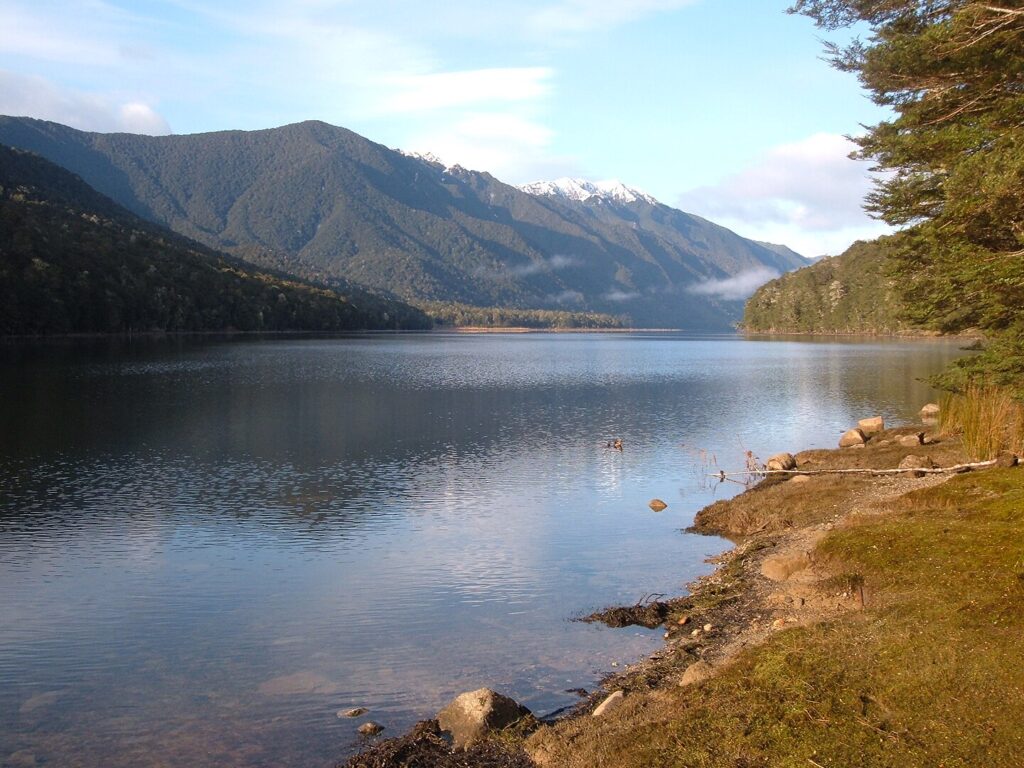
Monowai is a hyperactive underwater volcano northeast of New Zealand. It erupts so frequently that its summit has risen and collapsed multiple times in recent decades.
Seismologists track it closely, even though it’s hard to study in person. It’s a reminder that some volcanoes never sleep—even deep underwater.
3. Axial Seamount – Pacific Ocean (off Oregon coast)

Axial Seamount sits along the Juan de Fuca Ridge and is the most studied underwater volcano in the world. It erupted in 1998, 2011, and again in 2015.
Scientists installed underwater observatories here to monitor pressure, temperature, and seismic activity. It’s like having a volcano lab on the ocean floor.
4. Havre Seamount – South Pacific Ocean
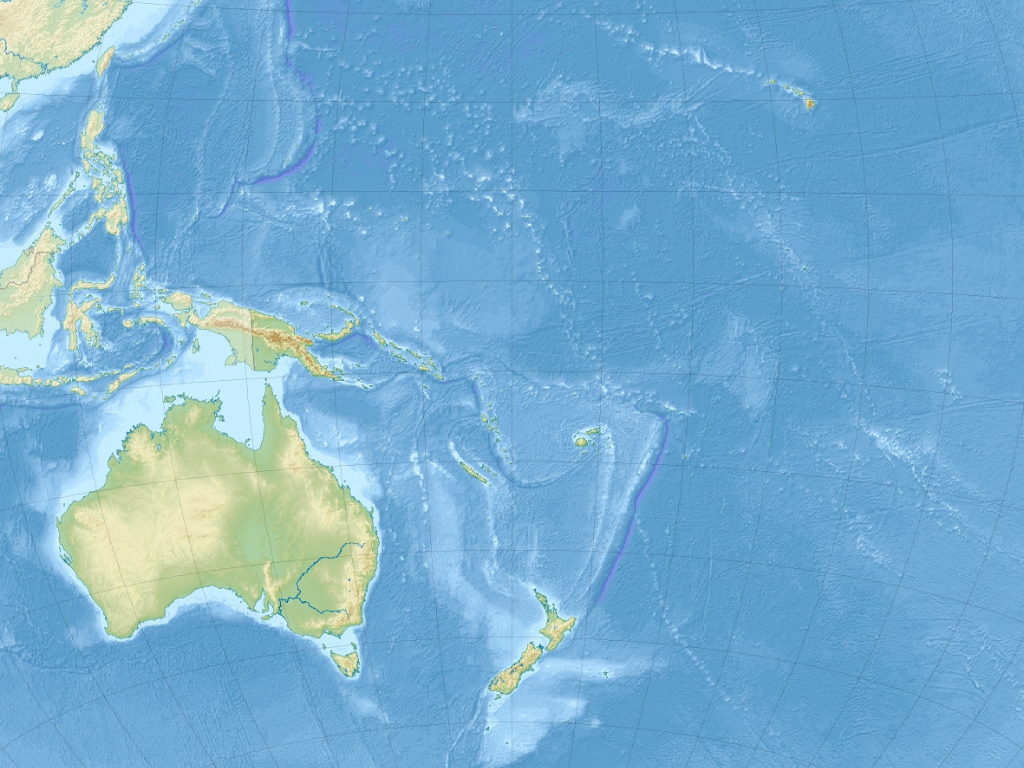
In 2012, this volcano quietly erupted underwater between New Zealand and Tonga, producing one of the largest deep-sea eruptions ever recorded.
It released a massive raft of floating pumice—enough to cover an area the size of Connecticut. The eruption was only discovered by satellite images.
5. West Mata – Near Samoa

Discovered in 2008, West Mata erupted at over 4,000 feet deep—making it the deepest actively erupting volcano ever seen up close.
Using submersibles, scientists captured rare footage of lava bursting from the seafloor. It was a fiery light show in the deep dark.
6. Loʻihi – Off the Big Island of Hawaii
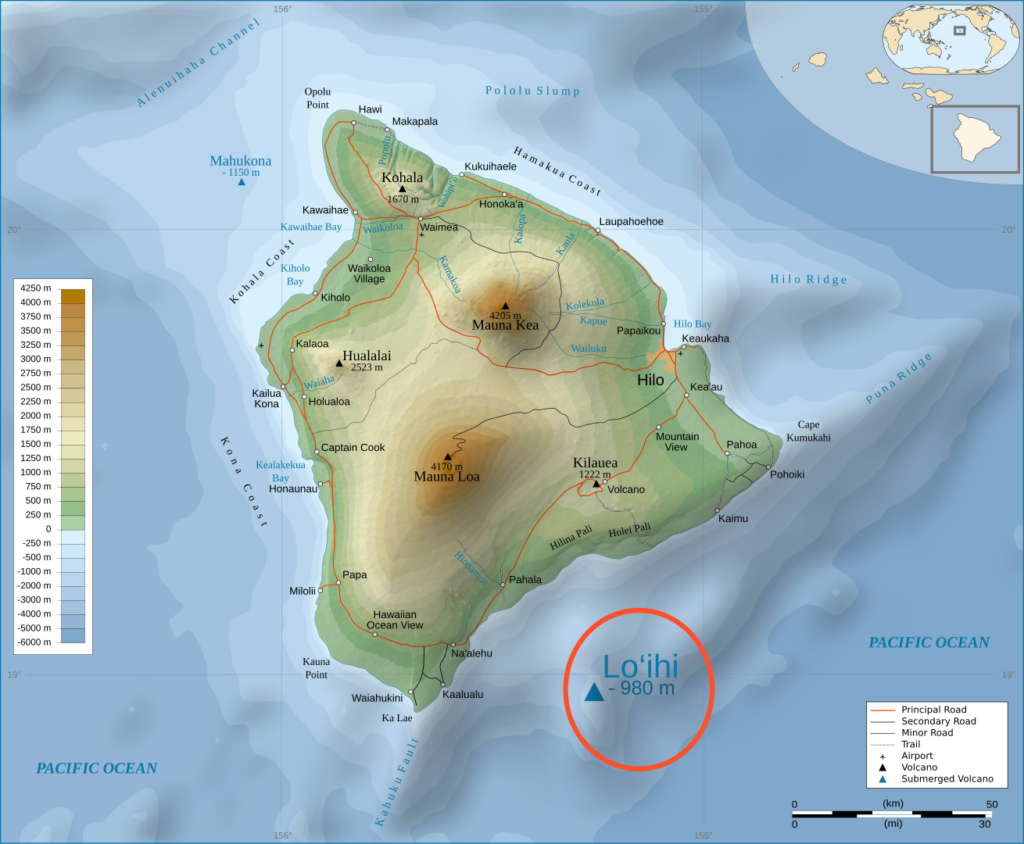
Loʻihi is Hawaii’s youngest volcano. It’s still forming on the ocean floor southeast of the Big Island, and one day it may break the surface as a new island.
Its seafloor vents support unique microbial life, hinting at how life might exist on other planets with volcanic activity.
7. Marsili – Tyrrhenian Sea (Italy)
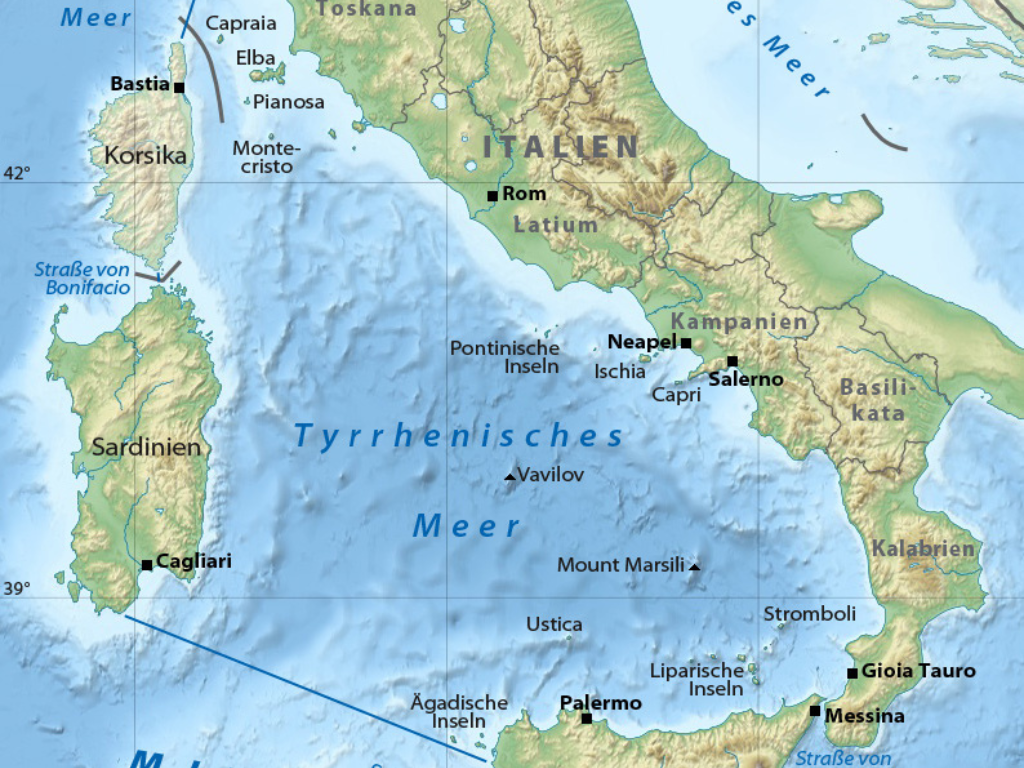
Marsili is Europe’s largest submarine volcano, lurking below the surface of the Tyrrhenian Sea near Italy. It hasn’t erupted recently—but if it did, it could pose a major tsunami threat to southern Italy.
At over 40 miles long, it’s a massive volcanic ridge hidden beneath the waves.
8. Brothers Volcano – Kermadec Arc, New Zealand
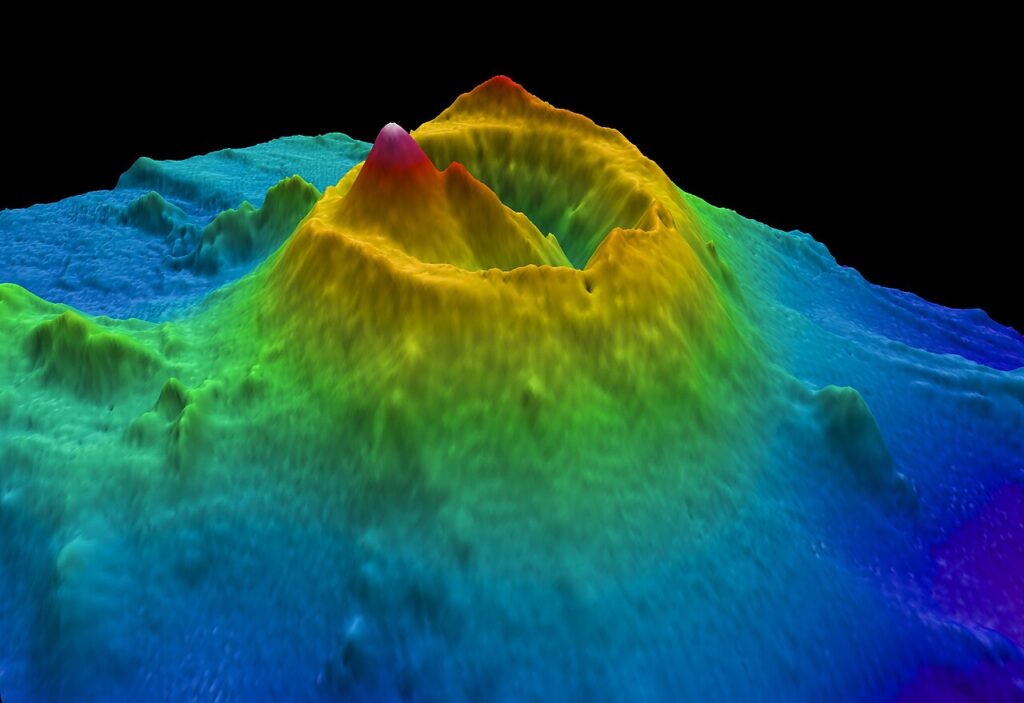
This underwater volcano is famous for its hydrothermal vents, which release boiling water rich in metals and chemicals.
It’s a hotspot for scientific research into deep-sea ecosystems, with entire communities of strange creatures thriving in the volcanic heat.
Read More: Top 10 Reasons Yellowstone’s Supervolcano Keeps Scientists Up at Night
9. Daikoku Seamount – Mariana Arc
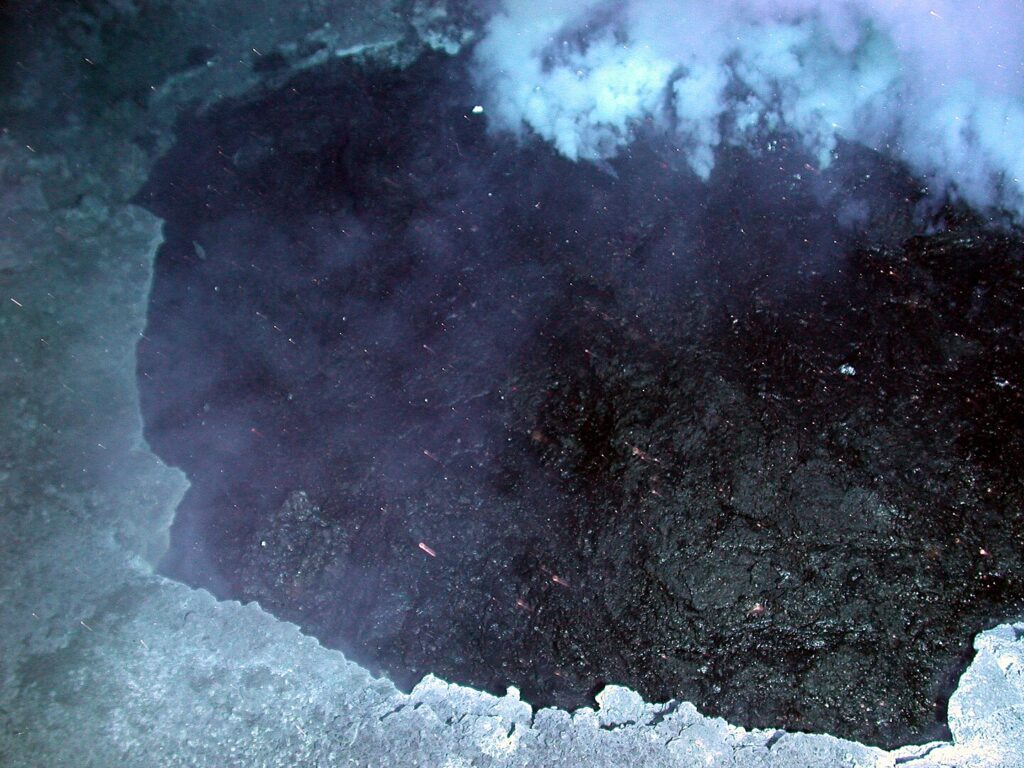
Daikoku is home to one of the weirdest features on Earth: a pool of molten sulfur at its summit. It’s the only known lava lake made of sulfur instead of rock.
It’s like something out of science fiction—hot, toxic, and completely alien to surface life.
Read More: Top 10 Strangest Things Ever Erupted from a Volcano
10. Kolumbo Volcano – Aegean Sea, Greece
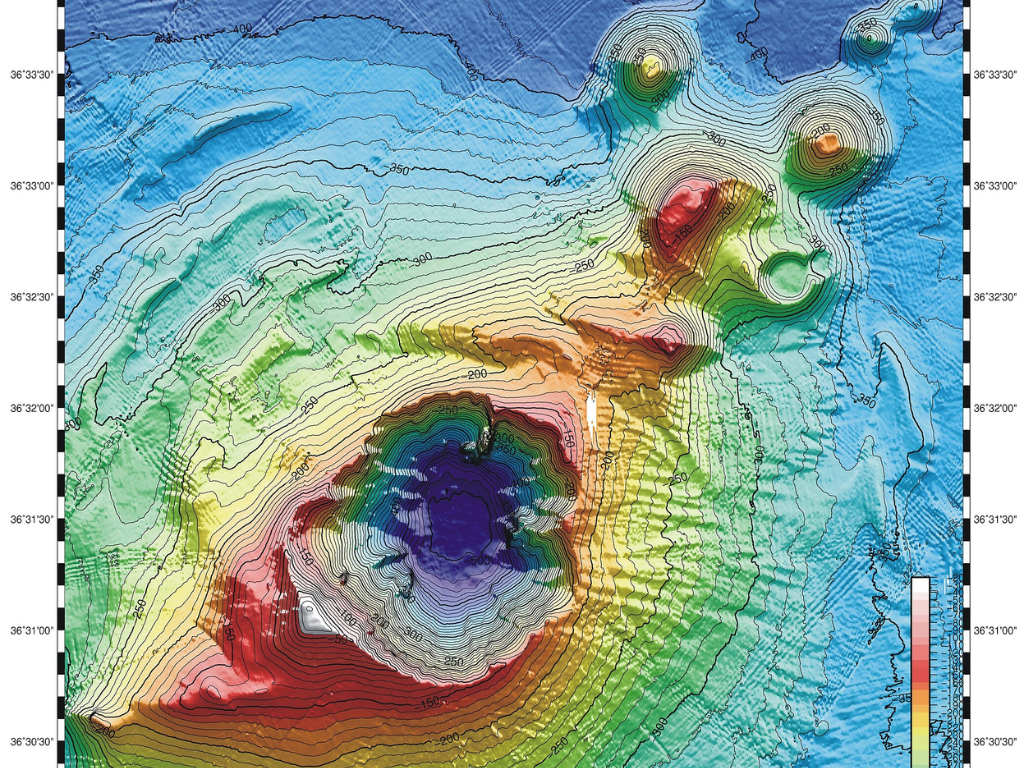
Just 5 miles off the coast of Santorini, Kolumbo erupted violently in 1650, killing dozens and shaking the region. Today, it lies quietly beneath the surface—but still emits gas and heat.
Its location and activity are closely monitored, as another eruption could pose a tsunami threat to one of Greece’s most popular islands.
Most people think volcanoes only erupt on land—but the real action is often hidden in the deep. Underwater volcanoes don’t just shape the seafloor—they quietly shape our world.
Read More: Top 10 Weather Phenomena That Science Still Doesn’t Fully Understand

